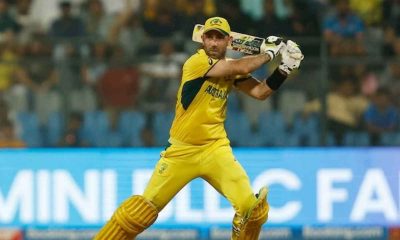Latest world news
“I Would Have Been Killed, Along With My Father”
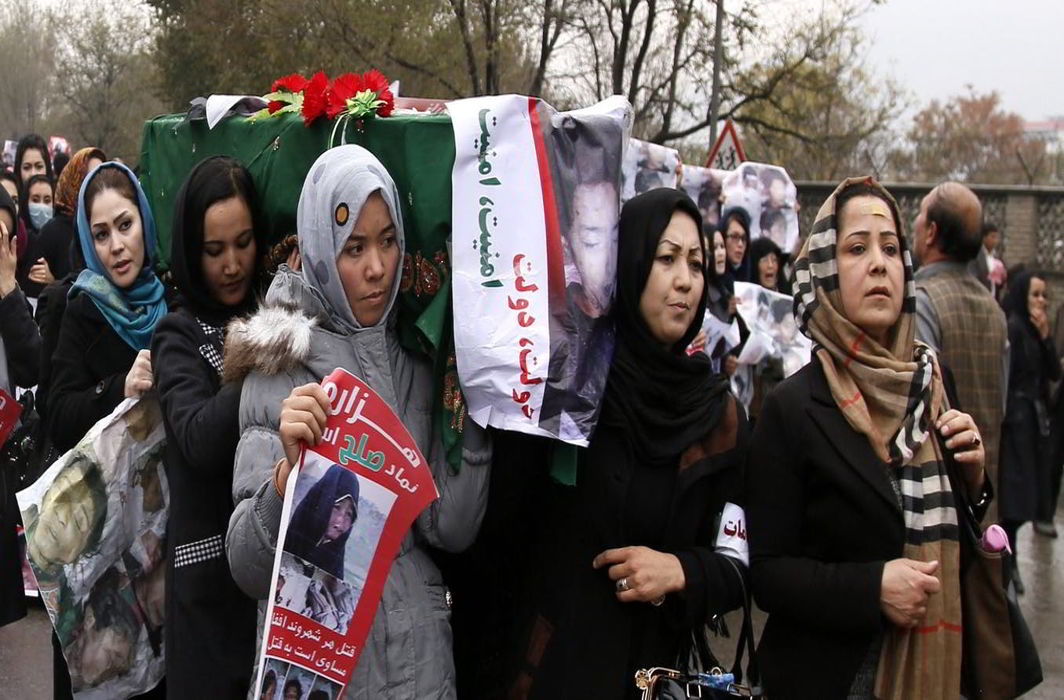
How a U.S. Special Immigrant Visa program likely saved a life? Its continuation and expansion could save more
By Sher A. Nader
In July 2016, I welcomed my friend Muhammad Mihdi, his wife, and their 2-year-old son at San Francisco International Airport. They arrived here from Kabul, Afghanistan, on Special Immigrant Visas (SIVs) granted to those Afghans and Iraqis who have worked for or on behalf of the U.S. government in Afghanistan and Iraq and as a result are facing an ongoing threat in their country. I was accompanied by Barbara Preston, a retired doctor who is a volunteer for No One Left Behind (NOLB). NOLB is a nonprofit organization that supports and advocates for Afghan and Iraqi translators before and after their arrival in the U.S.
Mihdi worked for the U.S. Military in Khogyani, one of Afghanistan’s most volatile districts. It is in the southern part of Nangarhar province, which borders Pakistan. Although he knew that by working with Americans in Afghanistan he was putting his life and the lives of his family members at substantial risk, he never thought of giving up. In 2012, his work at Khogyani ended but the threats to his life followed him everywhere – even to his home in Kabul.
Every time I talked to Mihdi while he was still in Afghanistan, his descriptions of the security situation worried me greatly.
“Before leaving for work in the morning, I can’t stop hugging and giving love to my little son, as I know there’s no guarantee I will get back home in the evening,” Mihdi told me a few months before his visa was issued. His voice conveyed a sense of the danger he faced daily.
When he received his SIV, he immediately arranged to travel to the U.S. He was lucky. If he hadn’t received his visa at that time, he might not be alive today. In his own words, “I would have been killed, along with my father, some months later.”
On March 8, 2017, a suicide blast destroyed the back entrance to Sardar Daud Khan Military Hospital, allowing five heavily armed terrorists disguised as medical staff to enter Afghanistan’s largest military hospital, in the heart of Kabul.
The attack began at 9 a.m. For the next seven hours, the gunmen went from ward to ward, killing everyone in their sight – including doctors and patients. At least 100 people were killed and hundreds of others injured.
Mihdi’s father had been admitted to the same hospital a few days earlier after doctors found his asthma was getting worse. His ward was on the fourth floor. “My mother and brother-in-law were there, too. They took him food and remained there to help him through most of the day, every day,” Mihdi told me when I visited him at his home a day after the attack. “There were 15 more people in the same ward.”
As soon as Mihdi learned of the attack he tried to reach his parents by phone. “The truth,” Mihdi learned, “was that my father had been killed and my mother was injured. I couldn’t believe my mother was alive until I heard her voice on the phone. Thankfully, my brother-in-law was unhurt.”
A few days after the incident, when I called and spoke to Mihdi’s mother, she still sounded shocked and terrified. “As soon as we heard the first explosion, we closed the ward’s entrance and took positions under the beds,” Mihdi’s mother explained while sobbing.
“We continued to hear explosions and gunfire for hours but no one entered our ward. Around 2 p.m., all of a sudden, there was absolute silence and we thought the attack was over,” she recalled. “Then one of the men in the ward moved toward the door to open it. Others urged him to wait for the arrival of security forces, but he didn’t listen.
“As soon as he opened the door, a bullet pierced through his head. It seemed as if the gunman had been waiting behind the door. He started shooting everyone he saw,” Mihdi’s mother said.
Mihdi’s father was shot in chest, and his mother in the leg. His brother-in-law was uninjured – Mihdi’s mother had covered him by putting herself over him. What she did was nothing short of heroic.
“I saw my husband dying in front my eyes but couldn’t do anything. I was bleeding severely,” Mihdi’s mother recalled. The incident left her with serious psychological problems. For the next few weeks, she would scream in her sleep several times during the night and remain restless throughout the day. She hasn’t fully recovered yet.
When Mihdi was living in Afghanistan, he would help his father and take him food whenever his father got sick and was admitted to hospital. Had he not come to the U.S., Mihdi would likely have been in that room with his father at the time of the attack. He would likely have been killed or seriously injured. If Mihdi were able to bring his parents along with him to the U.S., today his father would likely be alive and his mother would be healthy, enjoying their time with their newly born grandson.
Since December 2014, 11,000 SIVs have been awarded to Afghan applicants by the U.S. State Department. Thousands more were awarded in previous years dating back to the program’s creation in 2009. Some of these visa recipients, and others from Iraq, might not be alive now had their visas been denied or even delayed. For others like Mihdi who risked their lives in the service of the U.S. missions in Afghanistan and Iraq, the continuance of this visa program can be the primary lifeline to truly ensure that no one is left behind.
Sher A. Nader is a freelance writer based in California, USA. He can be reached @ sher.siraj@gmail.com
Latest world news
World Earth Day 2024: Google Doodle showcases aerial view of planet’s natural beauty
Google celebrated Earth Day 2024 with a special doodle featuring an aerial view of our planet’s biodiversity.
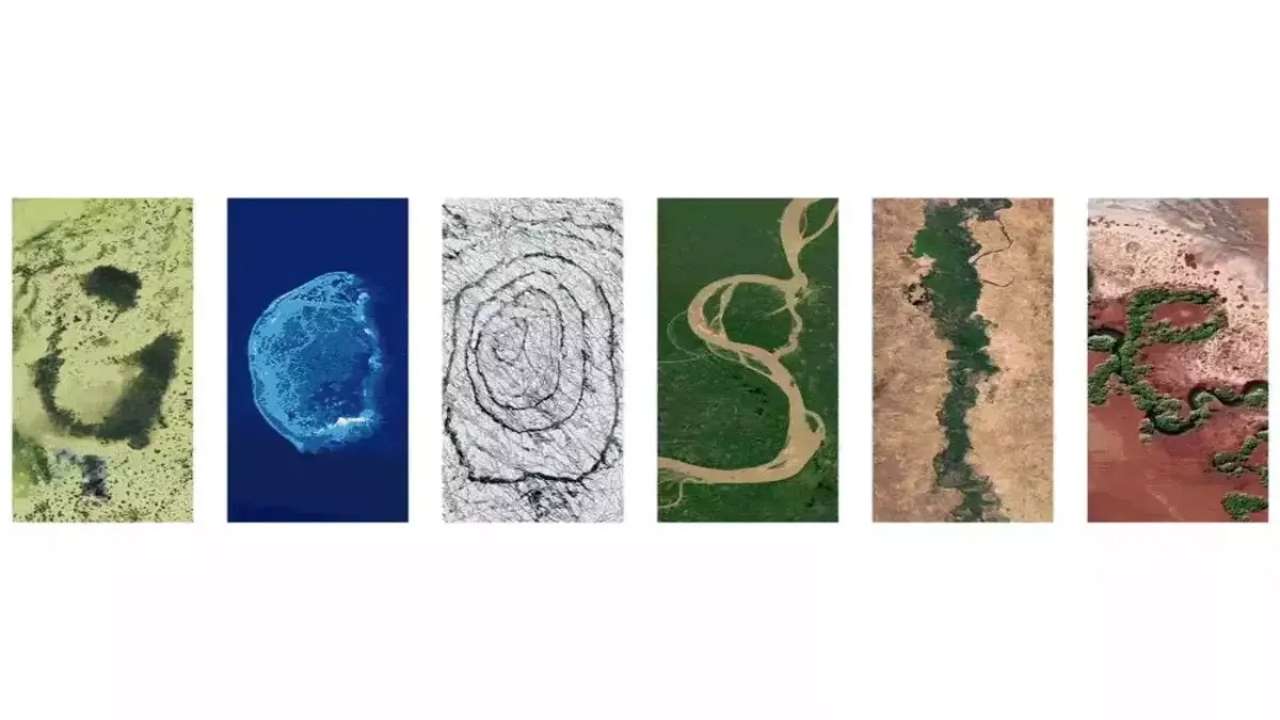
Google shared a doodle today to celebrate World Earth Day 2024, which showcased aerial photos of the planet’s biodiversity and natural beauty. Google reminded us of the importance of protecting planet earth for future generations with the help of this doodle.
The Google letters depict specific locations across the globe where people, communities, and governments work every day to help protect the planet’s natural beauty, biodiversity, and resources, according to the explanation of the annual Earth Day 2024 doodle on their website.
It said, these examples remind us that there’s much more to do to address the climate crisis and biodiversity loss, but also offer the promise of hope and optimism.
The islands of Turks and Caicos are represented by the letter “G.” The islands’ conservation efforts are concentrated on protecting important regions for biodiversity and addressing persistent environmental problems.
The largest reef in the southern Gulf of Mexico and a UNESCO biosphere reserve, Scorpion Reef National Park, is represented by the letter “O” in the Mexican flag.
The letter “O” features Iceland’s Vatnajokull National Park, which was designated as a national park in 2008 following decades of advocacy. The ecology within and surrounding the biggest glacier in Europe is safeguarded by this UNESCO World Heritage Site.
The letter “G” has the Jau National Park in Brazil on it. It is a UNESCO World Heritage Site and one of the biggest forest reserves in South America.
The Great Green Wall of Nigeria is represented by the letter “L,” and the Pilbara Islands Nature Reserves of Australia are represented by the letter “E.”
Meanwhile, Earth Day is a worldwide event that promotes protection of the environment every year. April 22 serves as a reminder of the importance of conservation efforts and sustainable practices to guarantee a healthier world and a brighter future.
The occasion inspires people across the world to come together and take action to protect the environment, strengthening our bonds with nature and promoting good change.
Latest world news
Bigg Boss 14 contestant Rahul Vaidya struggles walking in knee deep water, compares Dubai rains with Mumbai floods
Singer and TV personality Rahul Vaidya was recently stranded in the Dubai rains.
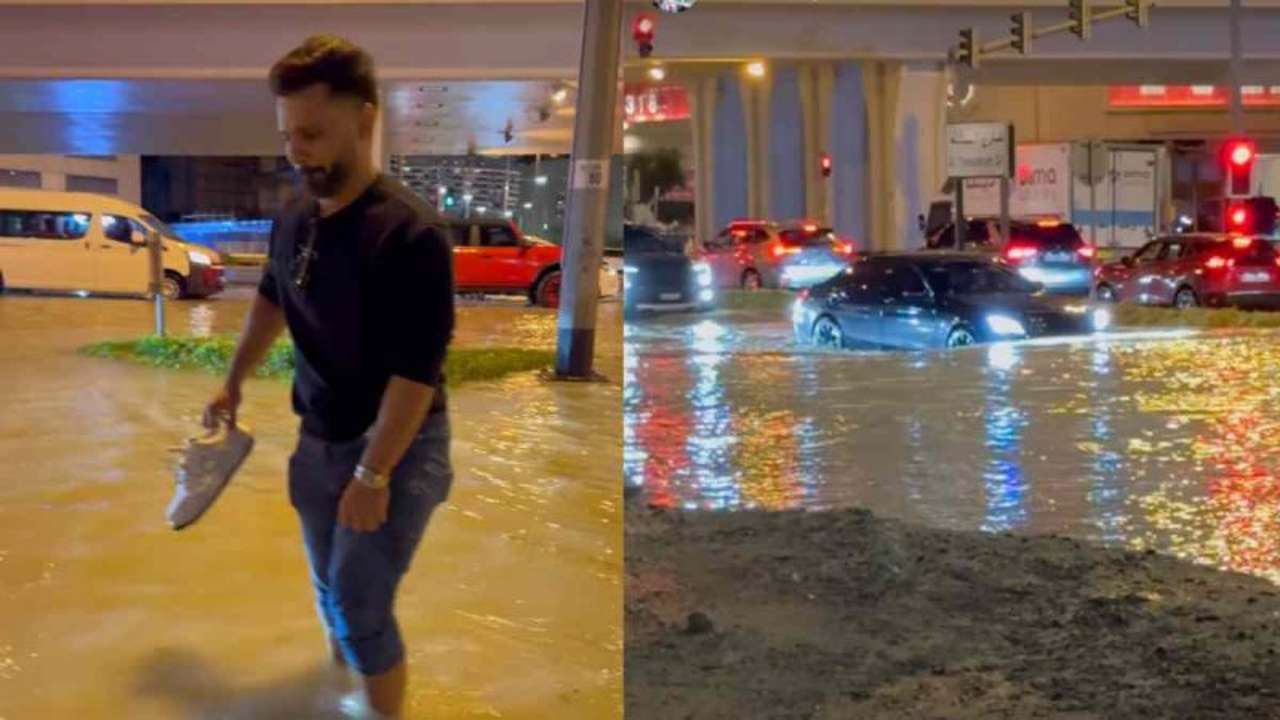
Rahul Vaidya, who was in Dubai ahead of his show which was scheduled to take place today, left the country due to heavy rains and reached Kolkata. The artist shared on social media his encounters in the UAE city, including challenges like walking through knee-deep water. Rahul provided an update regarding the heavy rainfall in Dubai on his Instagram profile.
The Bigg Boss 14 contestant revealed that he was in Kolkata and prepared to do an evening performance. Recalling the terrifying period he went through, Vaidya said there was a lot of confusion and panic in Dubai. The situation was similar to that when heavy floods hit Mumbai in 2005.
Vaiday also posted seval other images and videos of cars that were underwater and flooded roadways. The Bigg Boss 14 contestant, who shared his ordeal, claimed that even though it had just rained for two hours, the situation was dire.
In one of the video, which went viral he can be seen struggling in walking in knee-deep water. He can be also seen holding his sneakers in one hand and with other hand he was seen managing other things.
This is the result of the two hours of rain that it had, he can be heard saying in the video. Vidya also said he dosen’t believe Dubai is accustomed to a lot of rain. Everything had stopped working, he remarked.
After taking part in the first season of the singing reality show Indian Idol, Rahul Vaidya gained widespread recognition. In addition to Bigg Boss, he took part in Khatron Ke Khiladi 11.
Meanwhile, heavy rains that triggered flooding in the UAE and Bahrain, which left 18 people dead in Oman on Sunday and Monday, have paralyzed the financial hub of the Middle East, Dubai.
A lot of incoming flights were diverted from Dubai’s international airport because of the rain. At 7:26 p.m., the busiest airport in the world for foreign visitors stopped accepting new arrivals; a gradual resumption was announced for more than two hours later.
Images of planes navigating flooded tarmacs are making the rounds on social media.
According to pictures shared on social media, the flagship malls Dubai Mall and Mall of the Emirates both experienced heavy floods, while at least one Dubai Metro station had water up to the ankles.
There were several road collapses, severe flooding in residential areas, and numerous reports of leaks from windows, doors, and roofs.
Due to the unfavourable weather, schools around the United Arab Emirates were forced to close, and as more storms are predicted, the closures are anticipated to last until Wednesday. The government of Dubai allowed its staff to work remotely till this Wednesday.
Latest world news
Dubai sky turns green during storm in UAE, video goes viral
The UAE witnessed record-breaking rainfall on Tuesday and the National Centre of Meteorology recorded 254 mm of rainfall in less than 24 hrs in the Khatm Al Shakla area in Al Ain.
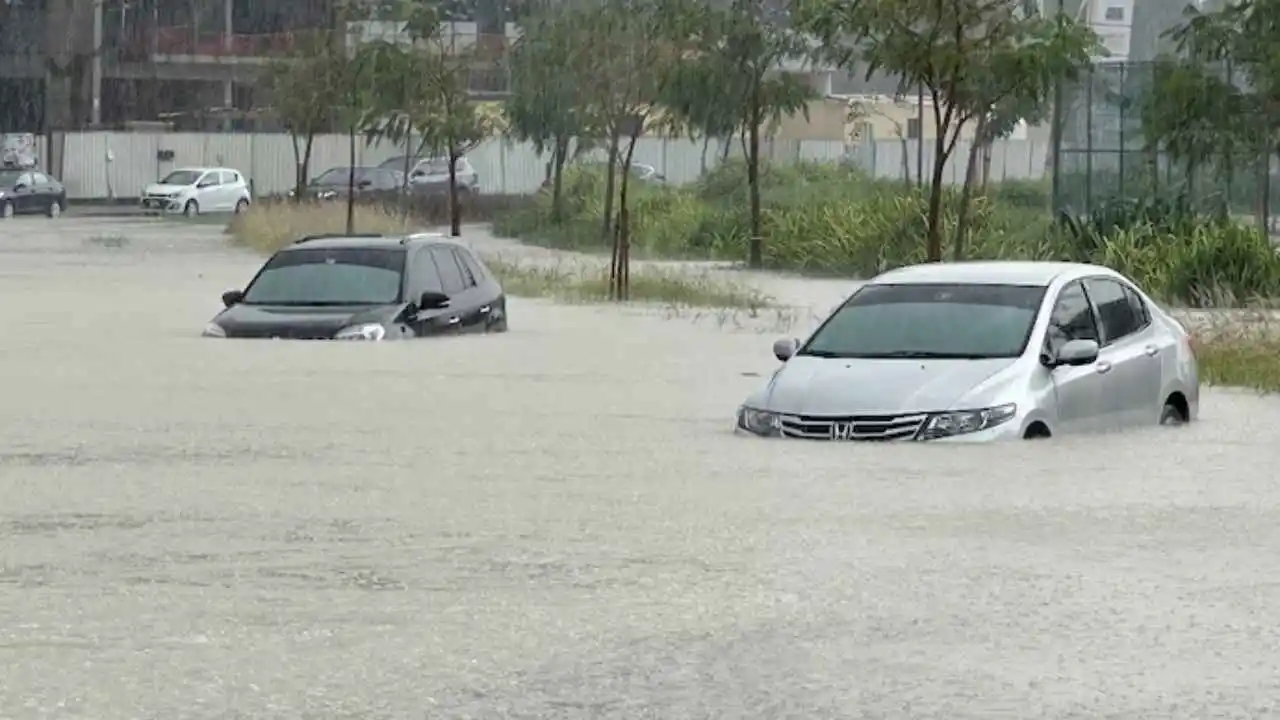
1 person was killed in UAE as it witnessed heavy rainfall on Tuesday, stranding commuters, flooding roads, disrupting trains and flights and resulting in water leakage from mall ceilings. The UAE witnessed record-breaking rainfall on Tuesday and the National Centre of Meteorology recorded 254 mm of rainfall in less than 24 hrs in the Khatm Al Shakla area in Al Ain. It is being said that the rainfall was the highest documented since the start of data collection in 1949.
The heavy rainfall in UAE came days after a similar situation in neighbouring Oman, where 13 people were killed in flash floods. Many parts of Oman saw torrential rains, which caused students to be trapped in buses and swept away motorists and trapped people in their homes.
Videos from Dubai circulating on social media showed widespread waterlogging on roads in Abu Dhabi, Dubai and other important cities. This left daily commuters in cars and other vehicles struggling to get back home. Dubai metro station too was seen flooded and closed.
One such video circulating on social media shows the aerial view of the city of Dubai from the top of a building. In the video the stormy winds are seen blowing over the city of Dubai. As the storm intensifies the Dubai sky turns green and ultimately gets covered by heavy rainfall. The video has gone viral on social media with more than 1.1 million views.
Another video showed water leakage from the ceilings of shopping malls, flooding the floors and destroying goods. A video which was shot in the famous Mall of the Emirates, showed pieces of ceiling falling as the rainwater gushed inside. Videos from many outlets of the Deira City Centre mall chain showed escalators being rendered unusable. Majid Al Futtaim, the company which owns the Mall of Emirates, said that the shopping complexes have been kept open and the customers are being sent away from the flooded areas.
-
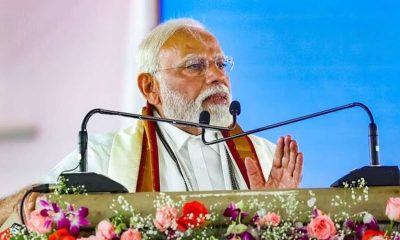
 2024 Lok Sabha Elections22 hours ago
2024 Lok Sabha Elections22 hours agoPM Modi says if Congress comes to power, they will bring out inheritance tax
-
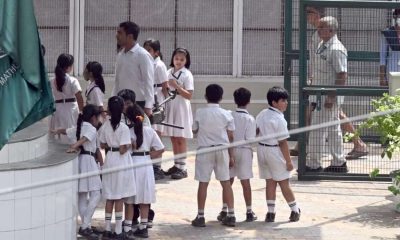
 India News6 hours ago
India News6 hours agoDPS Dwarka, Amity, several other Delhi-NCR schools get bomb threat, Central agencies launch probe
-

 Cricket news6 hours ago
Cricket news6 hours agoIPL 2024: Marcus Stoinis scores half century to help Lucknow Super Giants beat Mumbai Indians by 4 wickets
-

 Cricket news4 hours ago
Cricket news4 hours agoK Srikkanth slams Rinku Singh’s exclusion from T20 World Cup squad, says Rinku Singh has been made a scapegoat
-

 Entertainment4 hours ago
Entertainment4 hours agoKatrina Kaif deepfake video goes viral, social media says it is getting scary
-

 2024 Lok Sabha Elections3 hours ago
2024 Lok Sabha Elections3 hours agoLok Sabha elections 2024: Anupamaa actor Rupali Ganguly joins BJP, says she feels she should also be a part of this Mahayagya
-

 India News2 hours ago
India News2 hours agoSalman Khan house firing: Accused Anuj Thapan dies by suicide in Mumbai Police custody
-

 2024 Lok Sabha Elections2 hours ago
2024 Lok Sabha Elections2 hours agoPriyanka Gandhi says PM Modi is far away from reality of common people, calls him an egoistic person





